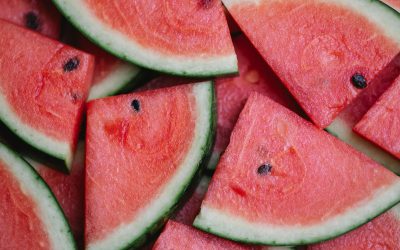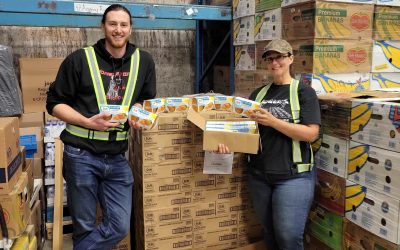One of the most celebrated days in the UN calendar, World Food Day takes place every year on October 16. It’s an occasion to bring attention to food insecurity worldwide and promote actions to solve this challenge together.
This year’s World Food Day prednisone over the counter highlights the importance of water, a precious resource vital to our well-being, agricultural and industrial needs, as well as the health of our planet.
Water is the foundation of life and food
While about 71 per cent of the earth surface is water, only 2.5 per cent is freshwater that can be used for drinking, growing food and
manufacturing goods. Unfortunately, that supply is dwindling, due to factors such as urbanization, overpopulation, pollution, among others.Of all the available freshwater, 72 per cent goes to agriculture every year and the number is expected to increase 35 per cent by 2050. Meanwhile, 2.4 billion people live in countries that are stressed for water.
An average person consumes 5,000 litres of freshwater a day, but only a small portion of it comes from food and drink. The rest of it is indirect – the amount of water it takes to produce everything around
you.Almost 60 per cent of food produced for Canadians is wasted every year and so is the freshwater needed in this process.
When you waste food, not only are you wasting the water and resources used to produce it, but for storing, transporting, manufacturing the package that comes with it as well. Beyond the household level, food loss and waste (FLW) occurs at all points along the supply chain. In fact, almost 60 per cent of https://meraki-nutrition.co.uk/order-amoxil-amoxicillin-online/ food produced for Canadians is wasted every year and so is the freshwater needed in this process.
It is estimated that more than three times as much surface water and groundwater is wasted each year due to FLW than the average annual flow of the Nile River.
The exact amount varies, depending on each food item’s water footprint. For example, four ounces of uneaten tomatoes waste 23 litres of water, while the same serving size of beef costs 1,748 litres.
Halving global FLW could reduce the water footprint of global food production by 12 to 13 per cent. Second Harvest has published many strategies for reducing FLW at home, as well as recommendations for the food industry, government and communities together.
Below are a few links to get you started on wasting less at home today:
Tips to reduce food waste at home





